Idan Refaeli
Proof-Driven Clause Learning in Neural Network Verification
Mar 15, 2025Abstract:The widespread adoption of deep neural networks (DNNs) requires efficient techniques for safety verification. Existing methods struggle to scale to real-world DNNs, and tremendous efforts are being put into improving their scalability. In this work, we propose an approach for improving the scalability of DNN verifiers using Conflict-Driven Clause Learning (CDCL) -- an approach that has proven highly successful in SAT and SMT solving. We present a novel algorithm for deriving conflict clauses using UNSAT proofs, and propose several optimizations for expediting it. Our approach allows a modular integration of SAT solvers and DNN verifiers, and we implement it on top of an interface designed for this purpose. The evaluation of our implementation over several benchmarks suggests a 2X--3X improvement over a similar approach, with specific cases outperforming the state of the art.
Marabou 2.0: A Versatile Formal Analyzer of Neural Networks
Jan 25, 2024
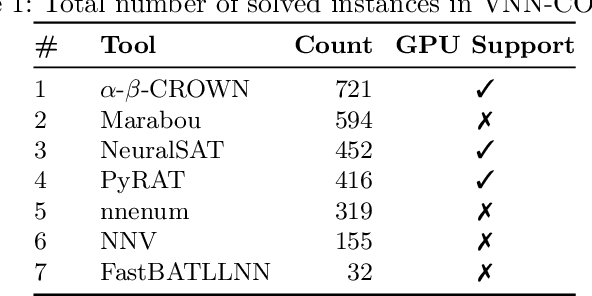

Abstract:This paper serves as a comprehensive system description of version 2.0 of the Marabou framework for formal analysis of neural networks. We discuss the tool's architectural design and highlight the major features and components introduced since its initial release.
DEM: A Method for Certifying Deep Neural Network Classifier Outputs in Aerospace
Jan 04, 2024Abstract:Software development in the aerospace domain requires adhering to strict, high-quality standards. While there exist regulatory guidelines for commercial software in this domain (e.g., ARP-4754 and DO-178), these do not apply to software with deep neural network (DNN) components. Consequently, it is unclear how to allow aerospace systems to benefit from the deep learning revolution. Our work here seeks to address this challenge with a novel, output-centric approach for DNN certification. Our method employs statistical verification techniques, and has the key advantage of being able to flag specific inputs for which the DNN's output may be unreliable - so that they may be later inspected by a human expert. To achieve this, our method conducts a statistical analysis of the DNN's predictions for other, nearby inputs, in order to detect inconsistencies. This is in contrast to existing techniques, which typically attempt to certify the entire DNN, as opposed to individual outputs. Our method uses the DNN as a black-box, and makes no assumptions about its topology. We hope that this work constitutes another step towards integrating DNNs in safety-critical applications - especially in the aerospace domain, where high standards of quality and reliability are crucial.
Formally Explaining Neural Networks within Reactive Systems
Aug 06, 2023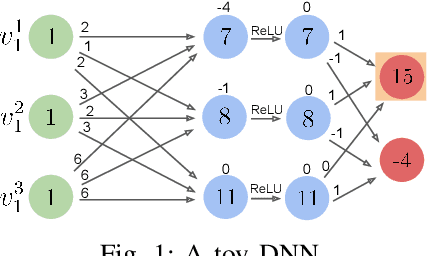
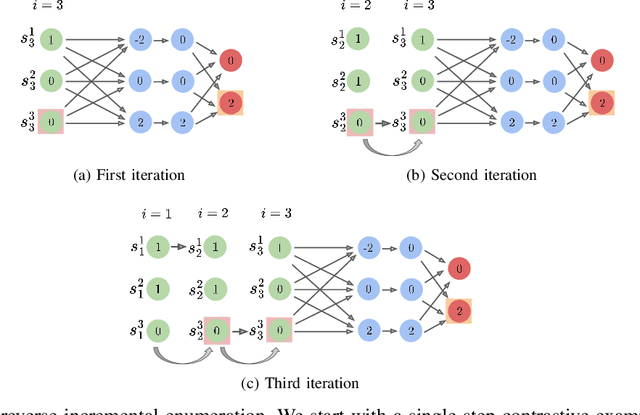
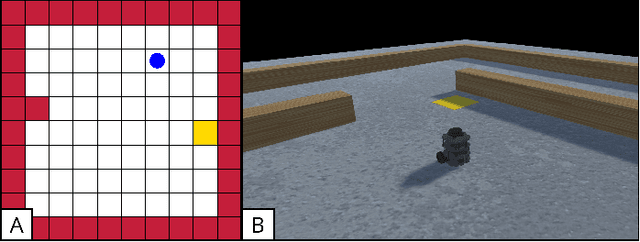
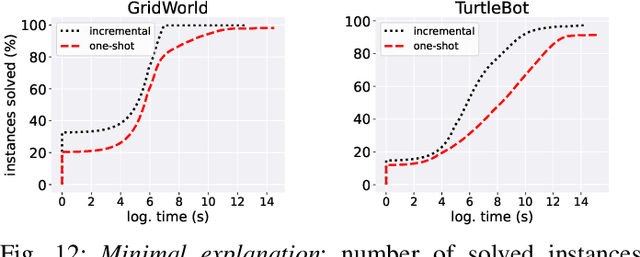
Abstract:Deep neural networks (DNNs) are increasingly being used as controllers in reactive systems. However, DNNs are highly opaque, which renders it difficult to explain and justify their actions. To mitigate this issue, there has been a surge of interest in explainable AI (XAI) techniques, capable of pinpointing the input features that caused the DNN to act as it did. Existing XAI techniques typically face two limitations: (i) they are heuristic, and do not provide formal guarantees that the explanations are correct; and (ii) they often apply to ``one-shot'' systems, where the DNN is invoked independently of past invocations, as opposed to reactive systems. Here, we begin bridging this gap, and propose a formal DNN-verification-based XAI technique for reasoning about multi-step, reactive systems. We suggest methods for efficiently calculating succinct explanations, by exploiting the system's transition constraints in order to curtail the search space explored by the underlying verifier. We evaluate our approach on two popular benchmarks from the domain of automated navigation; and observe that our methods allow the efficient computation of minimal and minimum explanations, significantly outperforming the state of the art. We also demonstrate that our methods produce formal explanations that are more reliable than competing, non-verification-based XAI techniques.
veriFIRE: Verifying an Industrial, Learning-Based Wildfire Detection System
Dec 06, 2022Abstract:In this short paper, we present our ongoing work on the veriFIRE project -- a collaboration between industry and academia, aimed at using verification for increasing the reliability of a real-world, safety-critical system. The system we target is an airborne platform for wildfire detection, which incorporates two deep neural networks. We describe the system and its properties of interest, and discuss our attempts to verify the system's consistency, i.e., its ability to continue and correctly classify a given input, even if the wildfire it describes increases in intensity. We regard this work as a step towards the incorporation of academic-oriented verification tools into real-world systems of interest.
Minimal Multi-Layer Modifications of Deep Neural Networks
Oct 20, 2021



Abstract:Deep neural networks (DNNs) have become increasingly popular in recent years. However, despite their many successes, DNNs may also err and produce incorrect and potentially fatal outputs in safety-critical settings, such as autonomous driving, medical diagnosis, and airborne collision avoidance systems. Much work has been put into detecting such erroneous behavior in DNNs, e.g., via testing or verification, but removing these errors after their detection has received lesser attention. We present here a new tool, called 3M-DNN, for repairing a given DNN, which is known to err on some set of inputs. The novel repair procedure implemented in 3M-DNN computes a modification to the network's weights that corrects its behavior, and attempts to minimize this change via a sequence of calls to a backend, black-box DNN verification engine. To the best of our knowledge, our method is the first one that allows repairing the network by simultaneously modifying multiple layers. This is achieved by splitting the network into sub-networks, and applying a single-layer repairing technique to each component. We evaluated 3M-DNN tool on an extensive set of benchmarks, obtaining promising results.
 Add to Chrome
Add to Chrome Add to Firefox
Add to Firefox Add to Edge
Add to Edge